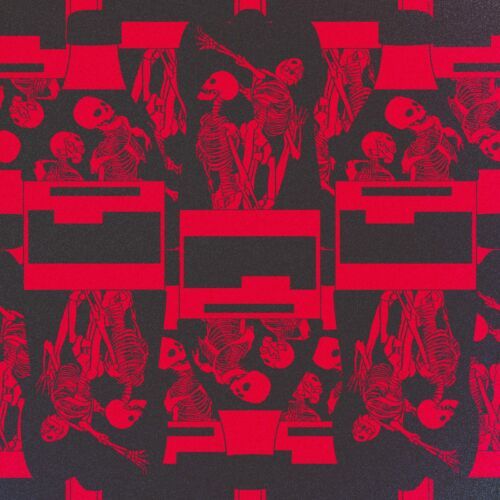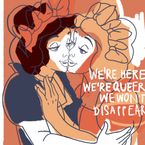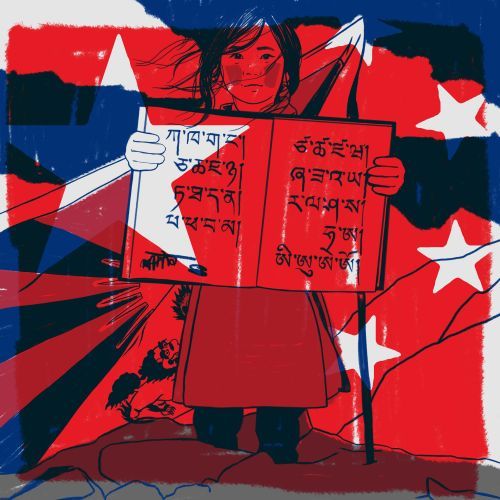African megalopolis and contemporary architecture made of mud
By the end of the 21st century. Africa will be home to 40% of the world’s population (3.9 billion people). Population growth is proceeding fastest along a 1000-kilometre stretch on the West African coast: from Ivory Coast’s Abidjan through Ghana, Togo and Benin to Nigeria’s Lagos. According to experts, it is now the fastest urbanising region in the world. The population of the new megalopolis is predicted to reach 51 million by 2035 and before 2100 – 500 million people.
West African architects, such as those in Burkina Faso, are returning to architectural methods that have been known for hundreds of years and are environmentally sustainable. The main building blocks are earth, mud, clay, sand, stones and sticks and other naturally available materials. Sun-dried bricks called banco or adobe are made from such mixtures. This reduces greenhouse gas emissions and waste, and buildings made of traditional bricks insulate against rising outdoor temperatures better than those made of concrete and steel.
Architects are also turning to materials based on biological organisms. Those based on mycelium are compostable and could replace plastic and composites. Researchers at the University of Colorado at Boulder have created bio-cultivated limestone – an idea inspired by coral reefs – which will help reduce CO₂ emissions in cement production. Indus, on the other hand, is a bio-integrated building wall designed to help developing communities in India clean their water. The wall is tiled with microalgae to purify the water running down its surface.

























